
Close your eyes for a second and imagine yourself as Irene, an Italian graduate from a top fashion school in Milan. Being an emerging talent and fluent in French, you have been hired at a trend forecasting agency in Paris. It’s all going swimmingly until someone comes to you and says, “molleton.” What on earth does molleton mean? While fashion speaks three languages – English, French and Italian – and sometimes insiders mash them all up, no traditional bilingual vocabulary can teach you the proper translation of the technical terms identifying this specific neckline or that detail, cut, pattern and silhouette.
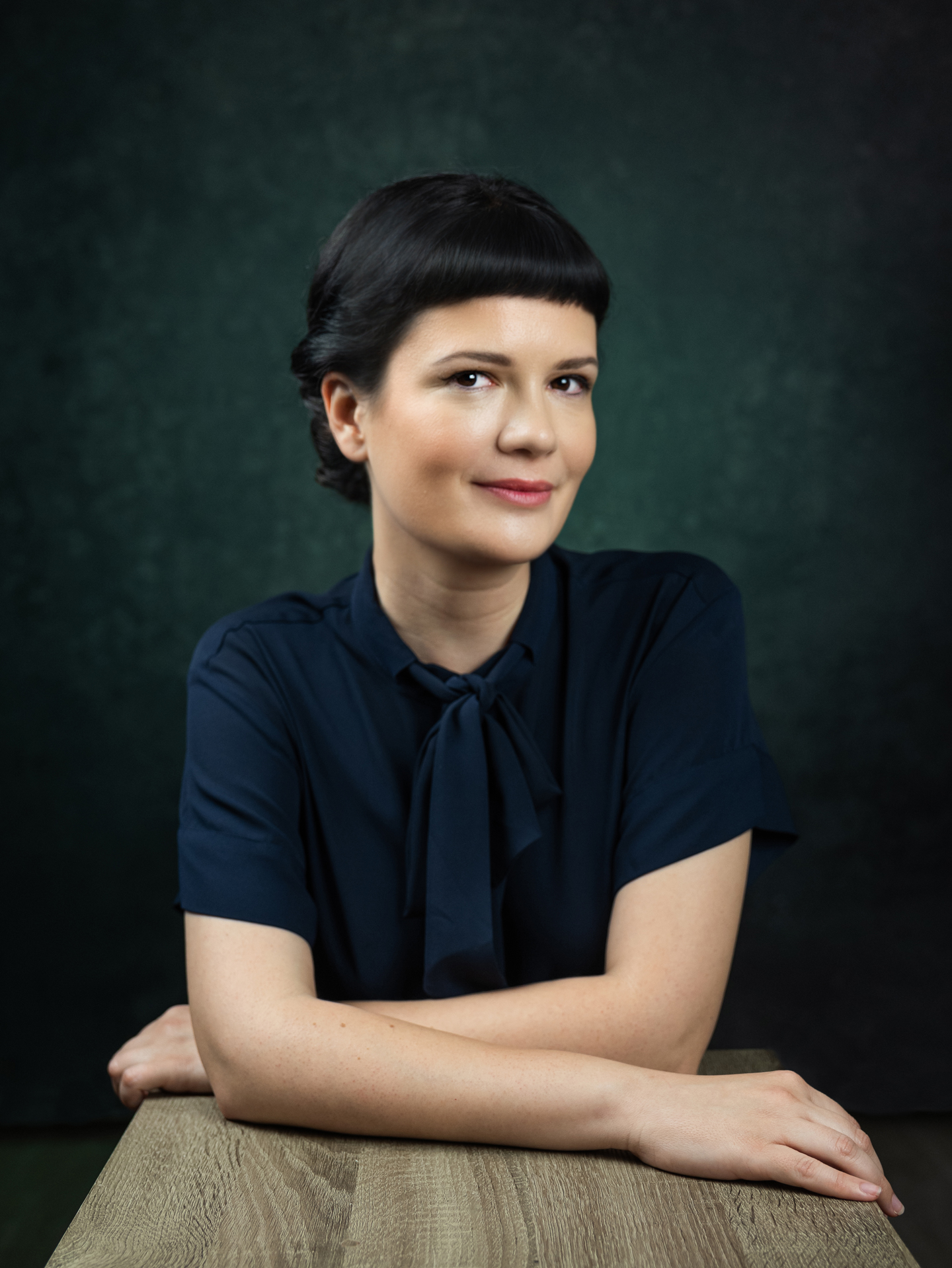
IM alumna and fashion expert, Irene Festa is today tutor and Programme Leader of the Foundation and Intensive courses at Istituto Marangoni Milano
Well, Irene is not a fictional character, but Istituto Marangoni Milano alumna and now fashion expert Irene Festa. After working in fashion capitals and founding her research agency Fractals, this industry professional finally wrote the book she wished she had when she began her career. Published by Hoepli, Moda illustrata. Il linguaggio dell’abbigliamento is a visual volume in three languages – Italian, English and French – imagined to provide a user-friendly reference tool for fashion design-specific terms. With research from the 19th century to the present, Festa examined books and analysed the vocabulary of ateliers, brands and tailors. This was not a cakewalk, as Moda Illustrata took her two years to complete and was only possible after she had gathered many more years of work experience.
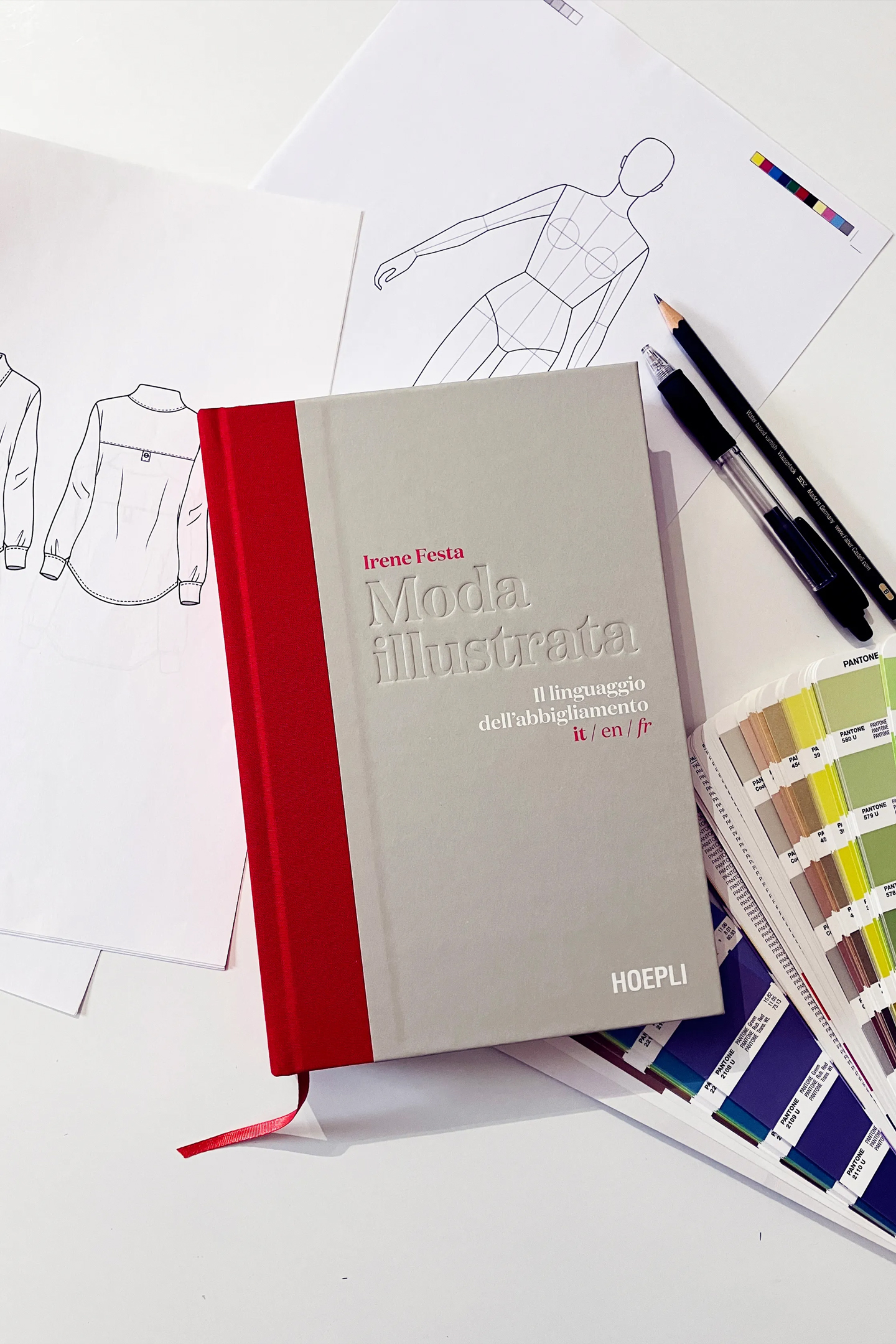
Published by Hoepli, Irene Festa's Moda illustrata is a visual volume in three languages imagined to provide a reference tool for fashion design-specific terms
With more than 2,000 entries and 1,500 technical illustrations, Irene Festa’s Moda Illustrata targets mainly fashion students and designers but also fashion enthusiasts looking to expand their lexicon. A handbook bridging decades in fashion, this volume is organised by garment, with richly detailed designs and multiple focuses. While some words are popular today but may no longer be fashionable in the next few years, others are bound to gain ground in the future, not to mention outdated expressions to describe equally old-fashioned items. Bringing together all these clothing-related terms, Moda Illustrata also stands for creative inspiration to shape new hybrids or reinterpretations of established garments.
Today’s tutor and Programme Leader of the Foundation and Intensive courses at Istituto Marangoni Milano, Irene Festa sat down with us to discuss a few topics, from her school career and the name (and colour) of her book to her next publication.
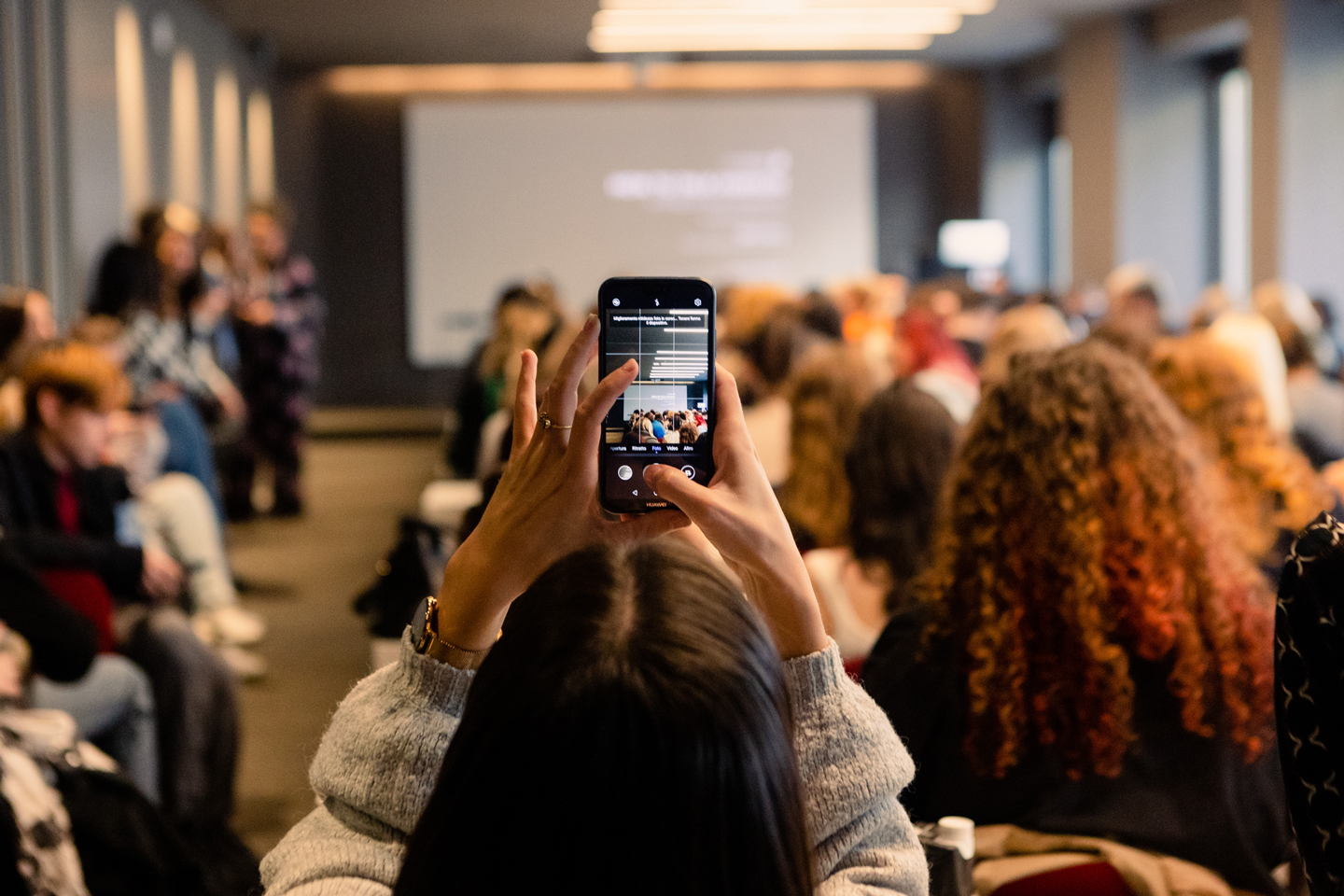
Irene Festa with IM students in Milan
Let’s take a dip into the past. How was your experience studying at Istituto Marangoni?
I chose Istituto Marangoni because I loved drawing, I was fascinated by computer graphics, and I knew I would become proficient in that. Of course, I studied a lot since I had long dreamed of finally being free to focus only on the subjects I was interested in, whereas, in high school, I had to do tons of maths. While I struggled a bit with pattern making, especially the sewing part, one of my favourite subjects was the research part, where many inspirations from different realms would come together to create the collection pieces.
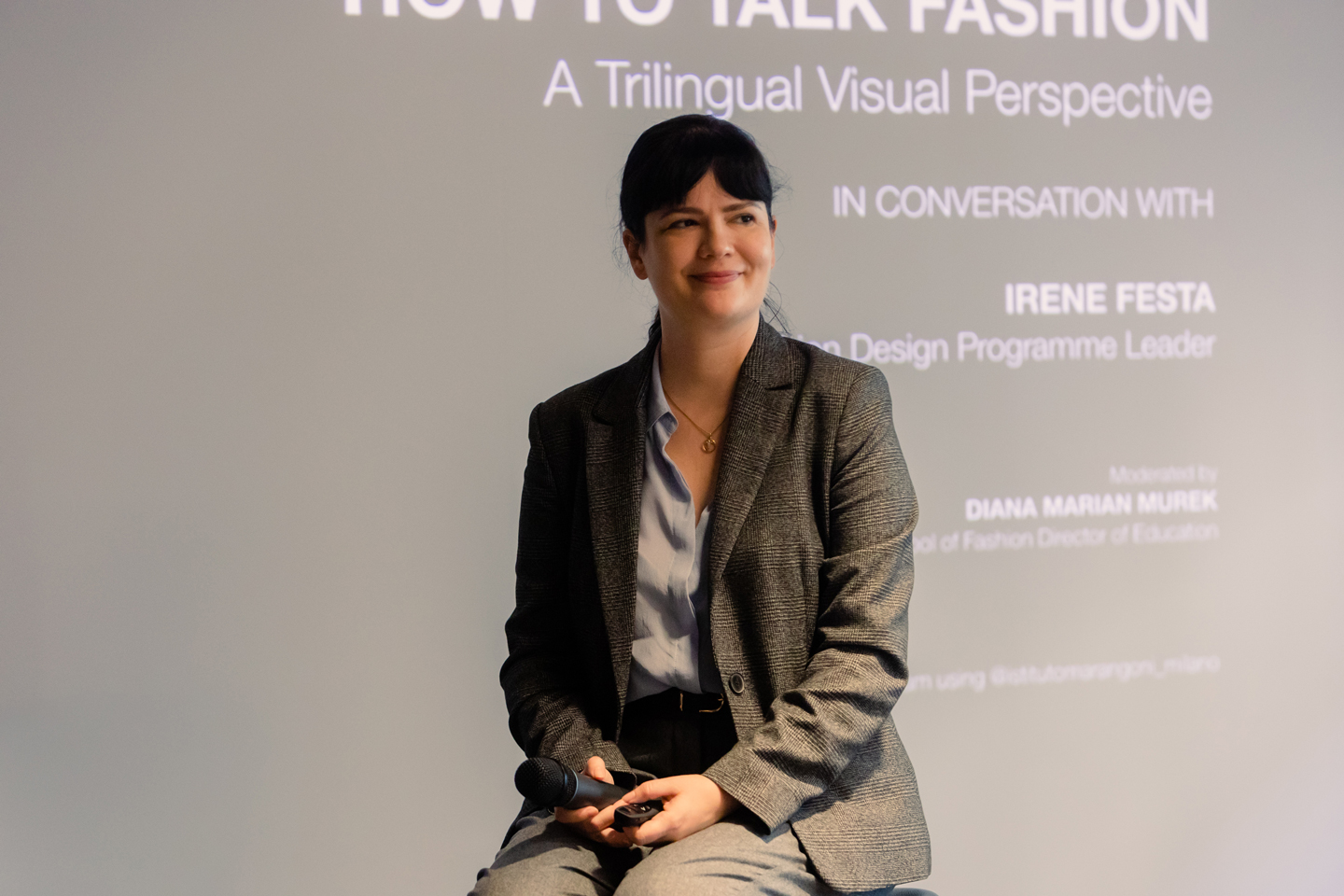
Irene Festa presenting her latest book at Istituto Marangoni Milano
Why did you come up with Moda Illustrata as the title for your book?
It comes from the name of a magazine published in Italy at the turn of the century. I like how the word ‘illustrated’ stands for both ‘explained’ and ‘drawn” in the three languages of fashion, so it is quite perfect for a book full of drawings explaining fashion terms.
Why did you wait until after the pandemic to publish your book?
Because I finally had time to do research during that period. Since we were locked in, I had time to organise and create the book’s structure. But the idea behind Moda Illustrata came to me many years ago when I interned at a trend forecasting agency in Paris. Although I was fluent in French, my mind went blank when it came to specific terms describing fashion garment details.
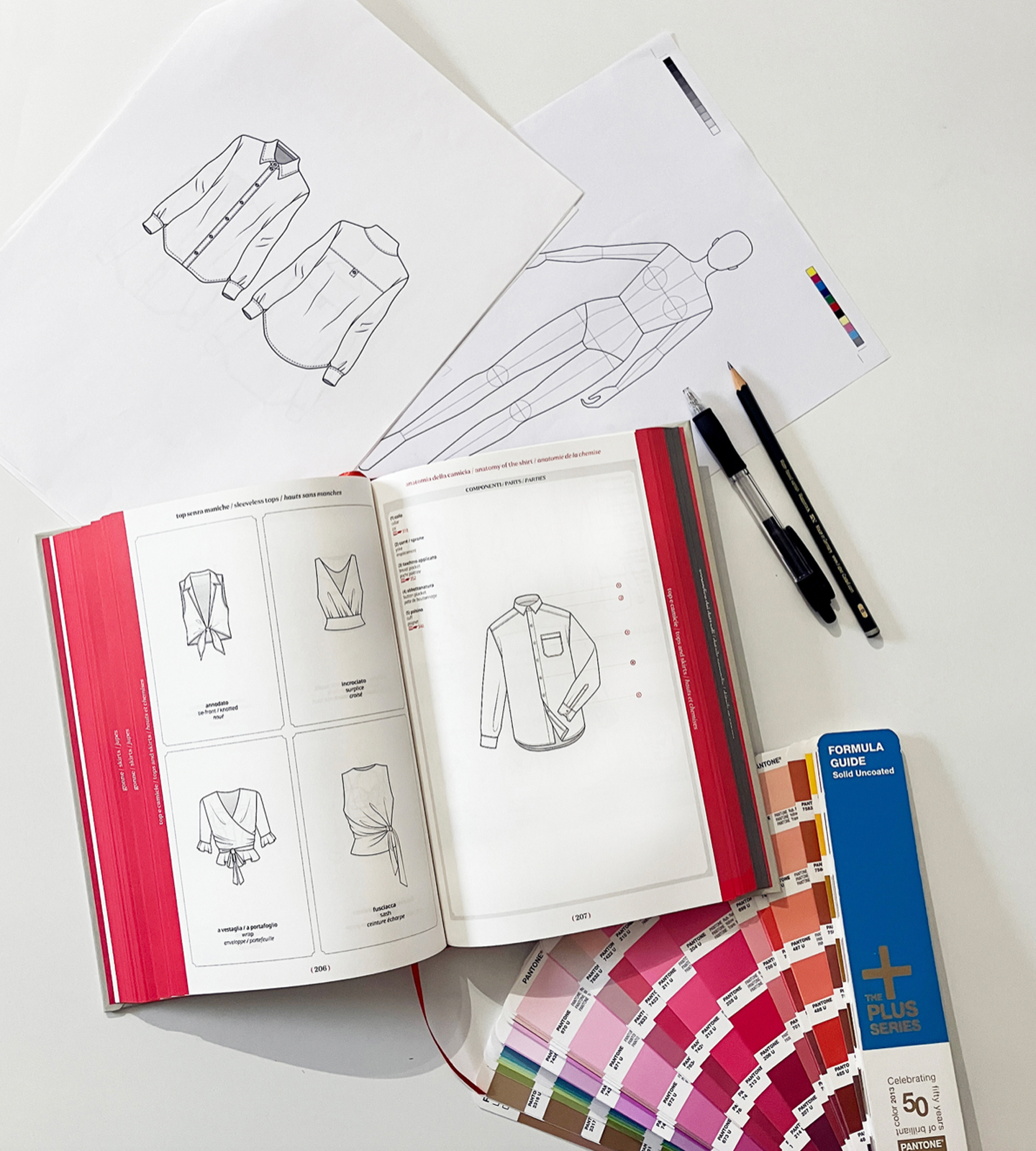
With more than 2,000 entries and 1,500 technical illustrations, Irene Festa’s Moda Illustrata targets mainly fashion students and designers but also fashion enthusiasts
What happened next in your career?
When I decided to return to Italy and open my trend forecasting agency, I started creating little infographics called ‘enérie,’ which is my name spelt backwards. I realised that many people were sharing my mini fashion vocabulary on Pinterest.
How long did it take you to complete Moda Illustrata?
I proposed the idea for the book in March 2021 and presented the final version in July of the following year, so it took me about a year. The most critical part was the research for good definitions, while the drawing part was considerably easier, also because I had the support of my colleague and friend Valeria Cereda.
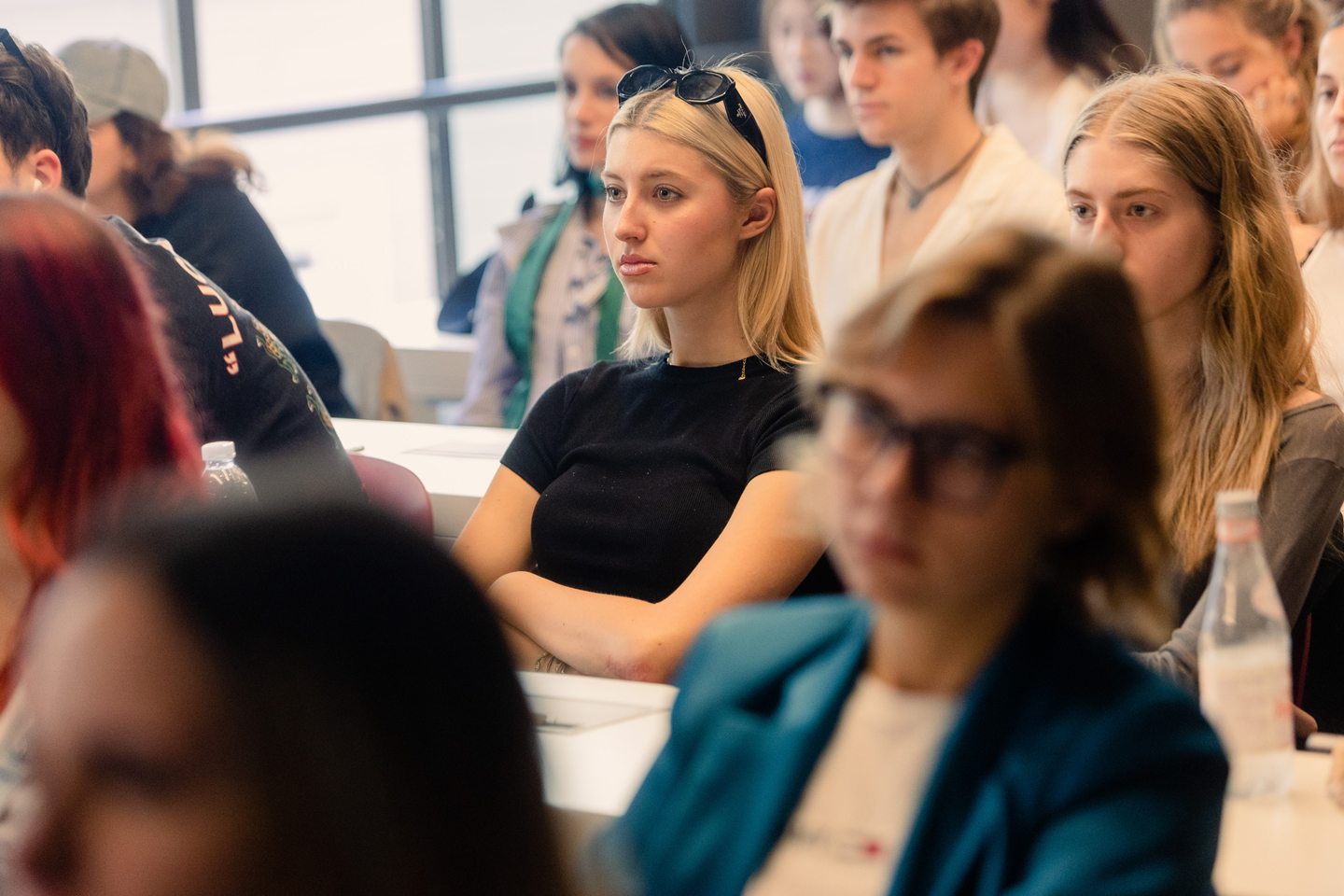
Students attending Istituto Marangoni's event with author Irene Festa
As an expert in trend forecasting, we wondered how you go about choosing the right colour shade for a book.
I wanted a bright colour that clearly marked the parts I wanted to emphasise, and I looked for a classic colour that was not influenced by trends, such as the now extremely hot ‘hot pink’. However, I also felt Moda Illustrata should have a fashion reference, so I went for a Valentino red.
This might sound like a pretty basic question, but who inspired you? Who or what pushed you to write this book?
I waited for a while for others to come up with this kind of book and finally decided I had to do it myself. If I needed it in 2008, today my students need it ten times more because of this globalised world where you always have to express your ideas clearly and visually.
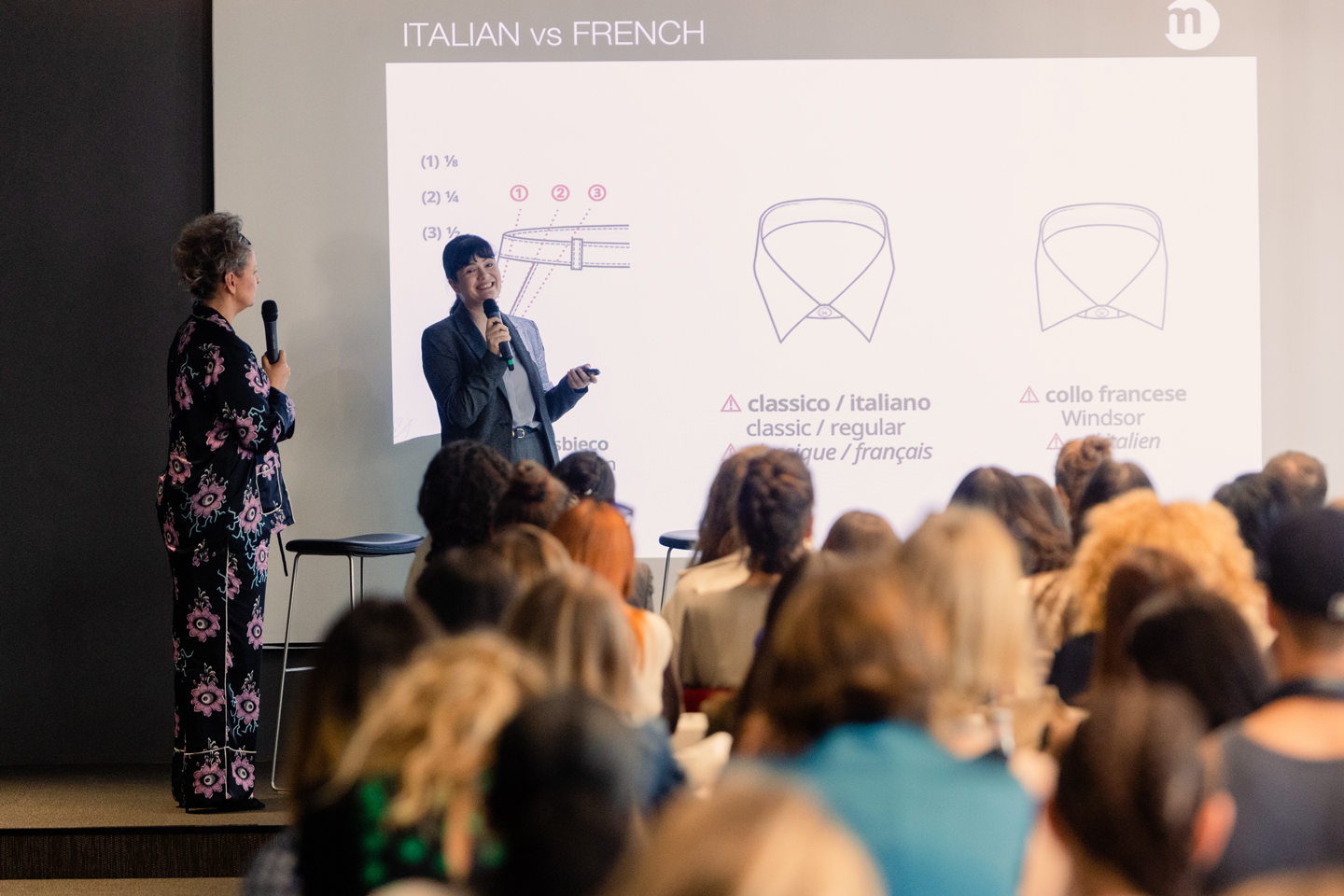
Irene Festa at Istituto Marangoni Milano
How did you learn French?
When I first decided to become a trend forecaster, I realised that the most influential trend forecasting agencies were all based in Paris, so I studied French for two years before moving to France. I completed my training with a two-month intensive French course when I was already there. Music and TV programmes also played a role in this.
What was the most exciting part of bringing Moda Illustrata to life?
It was discovering all the hidden stories behind the most specific names, learning more about all the terms, understanding how everything is interconnected and the strong influence of pop culture in the development of fashion vocabulary.
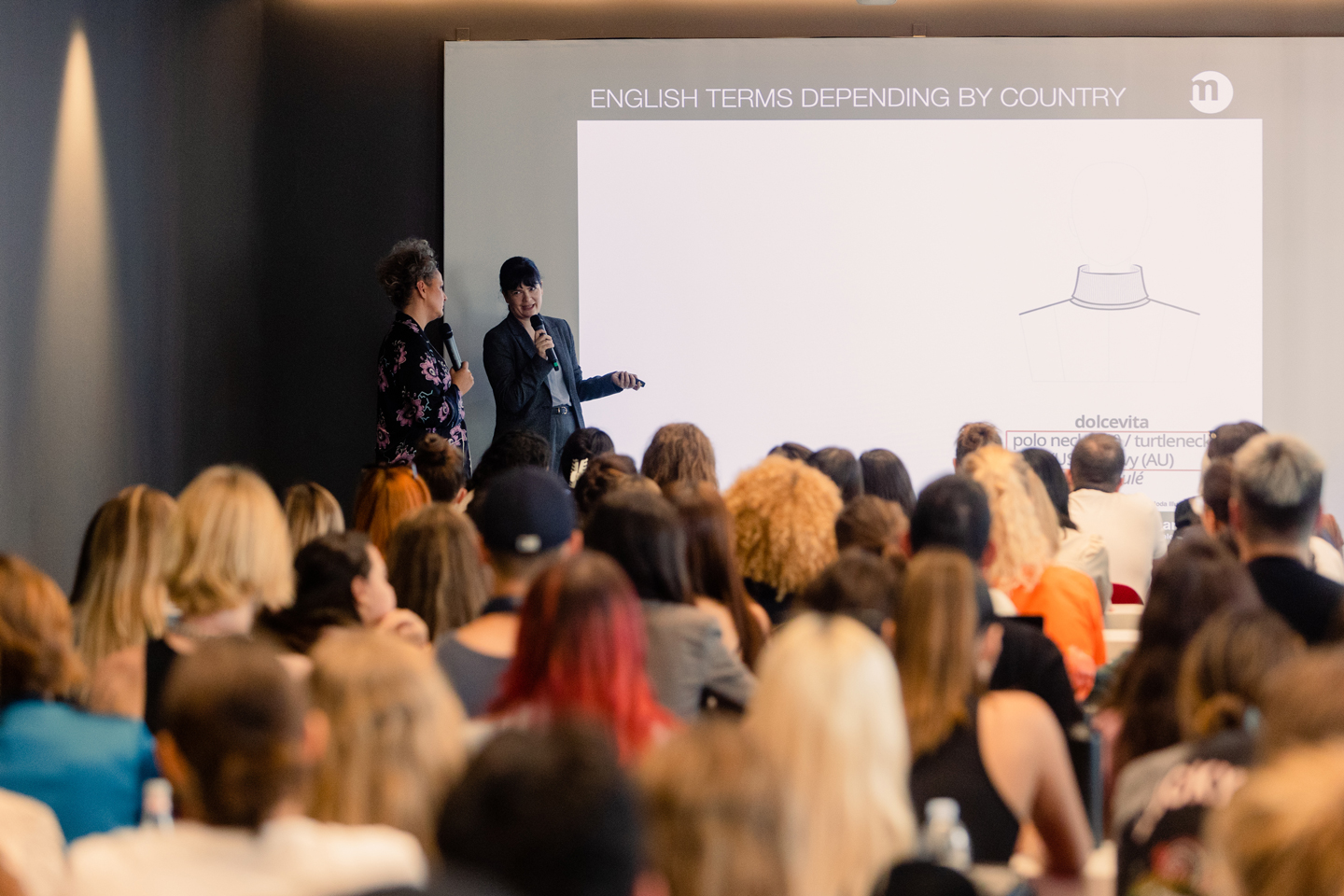
Irene Festa with IM students
What are your future goals after this book?
I have many. My next book will surely be about something I had to leave out in this volume: accessories. But while I was presenting Moda Illustrata in schools, I gathered other ideas, such as launching an open-source platform where everyone could contribute to the book by adding items and details from their own culture or creating another publication to cover all the interesting derivations and etymologies of fashion terms.
Natalina Opiangah
Fashion Styling & Creative Direction student, 2nd year, Milan

